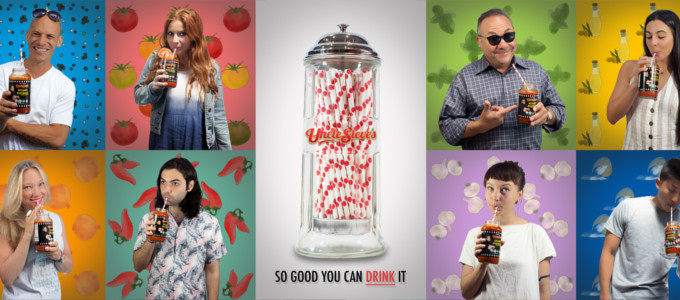Safety is a priority that food manufacturers mustn’t look over. Failing to do well in this area could lead to terrible consequences. Not only does contaminated food pose health hazards, but when safety concerns become less important, then the companies producing them are in for lengthy legal battles that are difficult to recover from.
Food Safety Essentials: Tips for Manufacturers
While there are already industry standards in place that enforce the need to invest in greater food safety, you can never be too sure if a bad product reaches the grocery shelves and into consumers’ plates. If you own a company no matter how small that produces and packages food items, the guide below will help you position safety as central to the work that you do.
-
Do a compliance audit
You are not allowed to operate your manufacturing facility if you aren’t implementing national and local rules on food handling. These guidelines serve as your reference for keeping your facility and the ingredients you’re using safe from contaminants. Moreover, it helps you understand and apply best practices in reducing consumer risk.
As you move towards improving your on-site safety standards, consider doing an audit on all aspects of the supply chain, from the procurement of ingredients to policies covering employee hygiene and facility management. You can use the laws enforced by the Food and Drug Administration to check whether your business complies with all food safety indicators.
-
Train your employees
In most cases, contamination can be the result of human error which could lead to costly and life-threatening hazards that consumers will have to shoulder. It matters to train and retrain your on-site staff in critical areas such as food handling, testing, and risk management along with cleaning and sanitation.
When they are made aware of their roles in ensuring food safety, your employees will become more focused on complying with on-site rules, especially the proper use and cleaning of utensils and protective equipment. In addition to this, they can also understand the latest threats to food safety as well as the latest technologies for safer food manufacturing.
-
Purchase ingredients from reliable suppliers
When ordering ingredients for manufacturing your products, it’s important to address a few things. First, you must know where the ingredients are sourced. You will want to avoid buying ingredients that originated from areas that experienced infectious outbreaks such as bird flu or red tide in case you’re selling seafood-based products. Secondly, you will need to know how these products are processed or gathered. These ingredients may contain higher than legal amounts of sodium benzoate and Bisphenol A.
Before stocking up on new ingredients, make sure to get referrals from manufacturers you trust. It’s also important to learn about the chemicals and methods used in the production process. However, the best way to know for sure if you’re dealing with a legitimate supplier is to know whether they are properly recognized and certified by the FDA.
-
Enhance product testing and screening
Even if you have ingredients that are already considered safe to use in manufacturing edible goods, you still have to invest in testing equipment and adopt methods to ensure your products are safe for human consumption. For this, you will need to use the right methods in chemical, microbiological, and physical testing such as confectionary texture analysis to help detect contaminants before these products are sent straight to the grocery stores.
Food testing requires a large investment in the right facilities. X-ray inspection systems are particularly useful in detecting contaminants even in bulk products such as beans and rice. You may also consider adding a metal detector to the production line to ensure your products are free of any metallic residue. There are a number of companies like https://www.tdipacksys.com/ that offer food inspection systems and setting one up will enhance your food safety record.
-
Improve cleanliness at your plant
Cleanliness contributes a lot to preventing contamination. A single speck of dust isn’t much, but it could affect the quality of the final product more than you know. Not only that, dust can also cause fires and explosions as they could enter and accumulate in machinery.
Your cleanliness policies must outline proper handwashing and maintaining automated equipment. It should also include what tools and cleaning solutions to use in managing spills. Along with that, you will need clear instructions and protocols on how to clean and purify areas where a lot of handholding happens.
-
Keep everything recorded
Proper documentation helps improve your compliance with food industry standards. If you lack an effective means of tracking improvements and following procedures, there is a big chance your food safety system will be compromised.
For this reason, consider assigning the work to an onsite compliance officer. It’s also important for on-site supervisors to record issues and problems on the ground. The sooner these are detected, the faster you will be able to address them without incurring added costs and risks.
Read Also: The journey of caviar, from sturgeon to the dining table, by F& B
Endnote
If you’re in the business of manufacturing food products, safety is something you wouldn’t want to push to the sidelines. Follow these tips and do your consumers a favor by selling them safe and healthy items!








